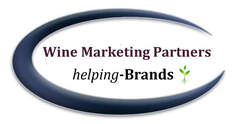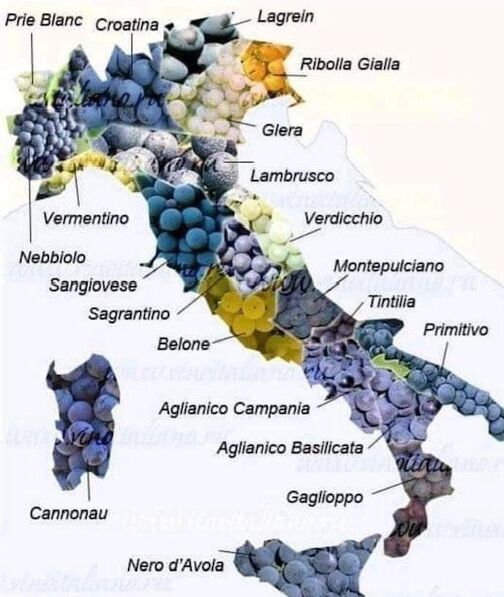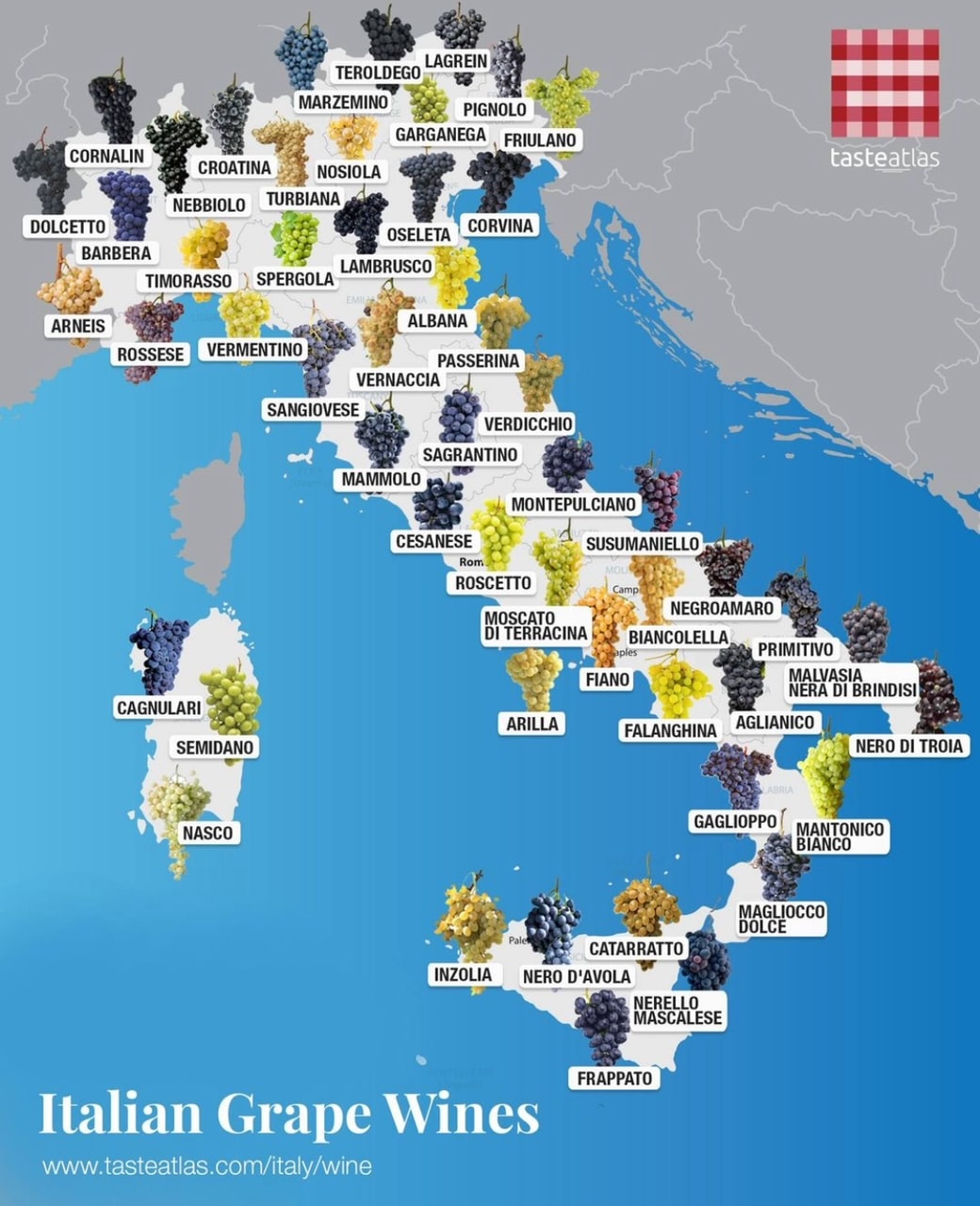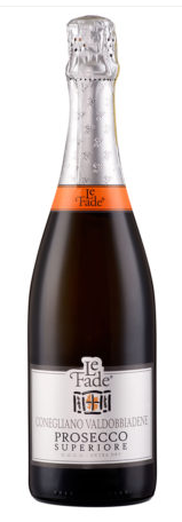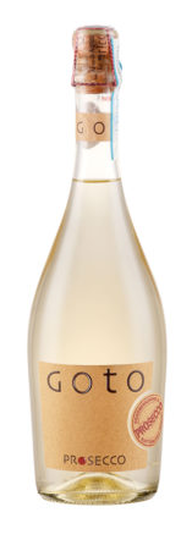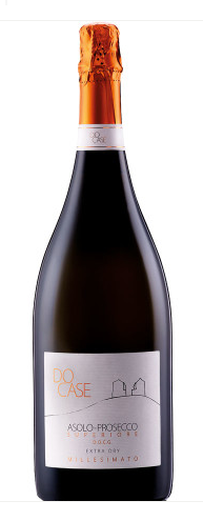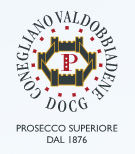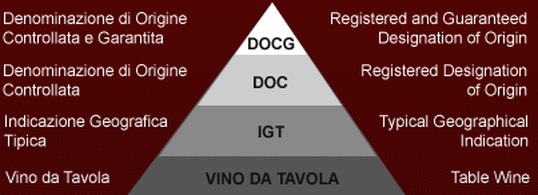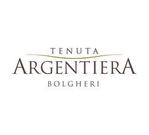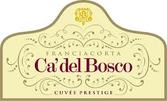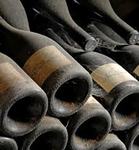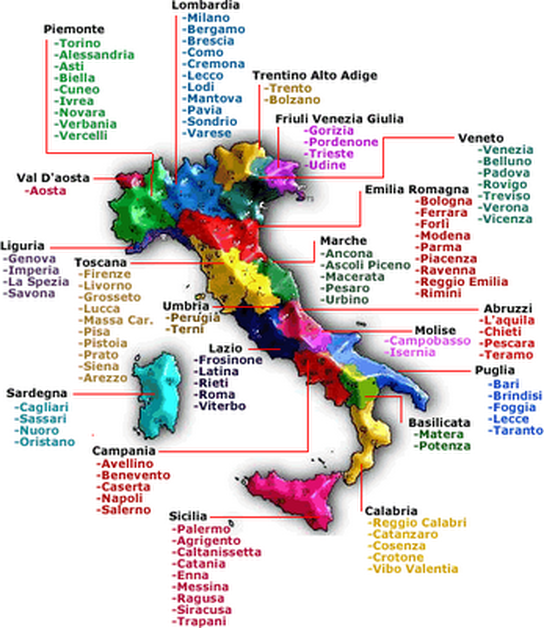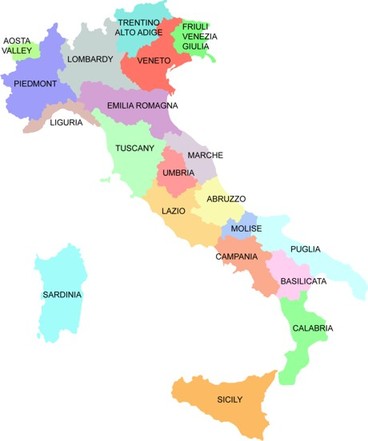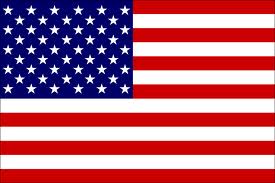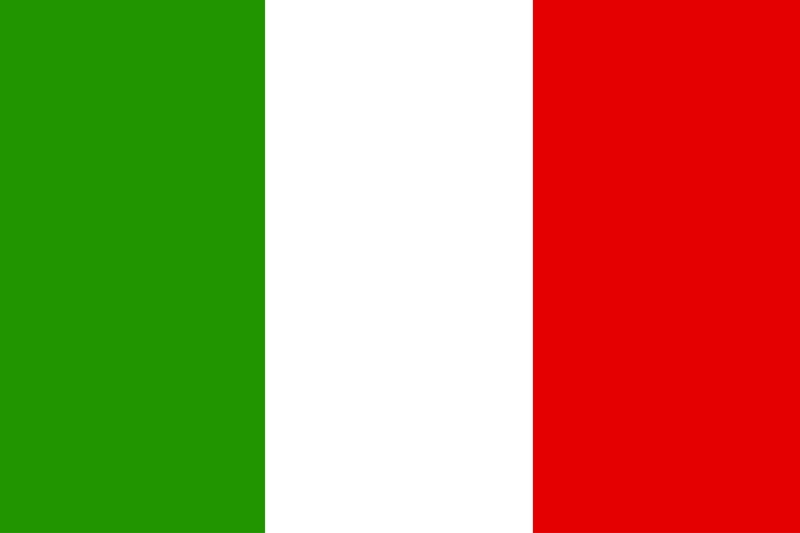Home | Cheese | Meats | Foods | Water | Wine | Spirits
Private Tour to Italy| Join Association
Wines of Italy - Vini DOP - Protected Designation of Origin - 73 DOGC
|
|
THE OFFICIAL 2021 WINE VINTAGE CHART Italy
A Village-by-Village Guide to Chianti Classico
Italy's Chianti Classico is difficult to understand.
But we'll walk you through the appellation's eight distinct villages and their top wines.
Italy's Chianti Classico is difficult to understand.
But we'll walk you through the appellation's eight distinct villages and their top wines.
|
DO CASE
Asolo Prosecco superiore D.O.C.G millesimato extra dry Ideal as aperitif. A perfect match for crustaceans or mussels, risotto with spring field grass, fresh cheeses, sushi and any ethnic cuisine |
Wine News:
Italian appellation system In 1963, the first official Italian system of classification of wines was launched. Since then, several modifications and additions to the legislation have been made (a major one in 1992), the last of which, in 2010, has established four basic categories, which are consistent with the last EU regulation in matter of wine (2008-09). The categories, from the bottom level to the top one, are:
- Vini (Wines - informally called 'generic wines'): These are wines that can be produced anywhere in the territory of the EU; no indication of geographical origin, of the grape varieties used, or of the vintage is allowed on the label. (The label only reports the color of the wine.)
- Vini Varietali (Varietal Wines): These are generic wines that are made either mostly (at least 85%) from one kind of authorized 'international' grapes (Cabernet Franc, Cabernet Sauvignon, Chardonnay, Merlot, Sauvignon blanc, Syrah) or entirely from two or more of them. The grape(s) and the vintage can be indicated on the label. (The prohibition to indicate the geographical origin is instead maintained. These wines can be produced anywhere in the territory of the EU).
- Vini IGP (Protected Geographical Indication): This category is reserved to wines produced in a specific territory within Italy and following a series of specific and precise regulations on authorized varieties, viticultural and vinification practices, organoleptic and chemico-physical characteristics, labeling instructions, etc. Currently (2013) there exist 118 IGP wines.
- Vini DOP (Protected Designation of Origin): This category includes two sub-categories, i.e. Vini DOC (Controlled Designation of Origin) and Vini DOCG (Controlled and Guaranteed Designation of Origin). DOC wines must have been IGP wines for at least 5 years. They generally come from smaller regions, within a certain IGP territory, that are particularly vocated for their climatic and geological characteristics and for the quality and originality of the local winemaking traditions. They also must follow stricter production regulations than IGP wines. A DOC wine can be promoted to DOCG if it has been a DOC for at least 10 years. In addition to fulfilling the requisites for DOC wines (since that's the category they come from), before commercialization DOCG wines must pass stricter analyses, including a tasting by a specifically appointed committee. DOCG wines have also demonstrated a superior commercial success. Currently (2013) there exist 330 DOC wines and 73 DOCG wines for a total of 403 DOP wines.
Within the DOP category, 'Classico' is a wine produced in the historically oldest part of the protected territory. 'Superiore' is a wine with at least 0.5 more alc%/vol than its correspondent regular DOP wine and produced using a smaller allowed quantity of grapes per hectare, generally yielding a higher quality. 'Riserva' is a wine that has been aged for a minimum period of time, depending on the typology (red, white, Traditional-method sparkling, Charmat-method sparkling). Sometimes, 'Classico' or 'Superiore' are themselves part of the name of the DOP (e.g. Chianti Classico DOCG or Soave Superiore DOCG).
The Italian Ministry of Agriculture (MIPAAF) regularly publishes updates to the official classification.[8][9]
It is important to remark that looser regulations do not necessarily correspond to lower quality. In fact, many IGP wines are actually top level products, mainly due to the special skills of their producers (e.g. so called "Super Tuscan" wines are generally IGP wines, but there are also several other IGP wines of superior quality).
Unlike France, Italy has never had an official classification of its best 'crus'. However, in 2006 an unofficial Comitato Grandi Cru d'Italia (Committee of the Grand Crus of Italy) has been created by several renowned top Italian wine producers. 12 producers launched the project, 36 more were soon accepted by the original members and the committee currently lists 130 members. A number of top wineries are still missing, but in general the Comitato seems rather representative of the Italian wine excellence.
|
Emilia Romagna
|
Veneto
|
Tuscany
Umbria
|
Liguria Wine Region in Italy
Liguria is a crescent shaped strip of land bounded by France, the Alps, the Appenines and the Mediterranean sea.
Quick facts about Liguria
Liguria Region of Italy
Genoa
The coastal strip is known as the Italian Riviera. Liguria is one of Italy's smallest regions, and the topography is quite rugged as the Alps and the Apennine Mountains come down to the sea.
Vineyards are thus small and scattered, and they must compete for the limited available land with the region's flourishing flower growing indusrty, olive groves and vegetable gardens.
The capital Genoa has long been an important trading port and hence it has been influenced by contact with Spain, France and other parts of Italy. Genoa has been a player in the rise and fall of empires and the rich history of the Mediterranean over three milennia. The city has developed into a cultural melting pot.
This heritage has a reflection in the wine varieties used in Liguria, over 100 were counted in a census a few decades ago.
Wines of LiguriaThere are no outstanding wines in this region, unlike the neighbouring Lombardy which boasts it's world class Barolo and Barbaresco. Much of the production of Ligurian wine is used by the locals or to slake the thirst of the plentiful tourists, however some wines do show regional character and are well worth trying.
A few DOC wines from this region include
Finding Ligurian Wines
No matter where you are in the world Snooth will find some wines from Liguria
Quick facts about Liguria
Liguria Region of Italy
- Capital: Genoa
- Major Grape varieties: Vermentino, Albarola, Sangiovese, Dolcetto, Rossesse
- Best known wines: White from Cinque Terre, Rossesse di Dolceaqua
- Food specialties: Pesto, Torta pasqualina, Artichokes, Fish Stew
Genoa
The coastal strip is known as the Italian Riviera. Liguria is one of Italy's smallest regions, and the topography is quite rugged as the Alps and the Apennine Mountains come down to the sea.
Vineyards are thus small and scattered, and they must compete for the limited available land with the region's flourishing flower growing indusrty, olive groves and vegetable gardens.
The capital Genoa has long been an important trading port and hence it has been influenced by contact with Spain, France and other parts of Italy. Genoa has been a player in the rise and fall of empires and the rich history of the Mediterranean over three milennia. The city has developed into a cultural melting pot.
This heritage has a reflection in the wine varieties used in Liguria, over 100 were counted in a census a few decades ago.
Wines of LiguriaThere are no outstanding wines in this region, unlike the neighbouring Lombardy which boasts it's world class Barolo and Barbaresco. Much of the production of Ligurian wine is used by the locals or to slake the thirst of the plentiful tourists, however some wines do show regional character and are well worth trying.
A few DOC wines from this region include
Finding Ligurian Wines
No matter where you are in the world Snooth will find some wines from Liguria
- Cinque Terre is a white made from Bosco, Albarola, and Vermentino. Cinque Terre Sciacchetra is the sweet version
- Colli di Luni is a red wine based on Sangiovese blended with other grapes
- Colline di Levanto can be white based on Vermentino, Albarola, Bosco etc, or it can be a Sangiovese based blended red wine
- Golfo di Tigullio wines are whites based on Vermentino, or reds and roses made from Ciliegiolo
- Val Polcevera wines are either whites based on Vermentino and other local grapes, reds and rose styles based on Dolcetto, Sangiovese, Ciliegiolo and Barbera
- Pesto - a lovely basil based green sauce, goes with anything.
- Torta Pascalina - 'Easter cake' is really a pie with cheese, eggs, herbs and Spinach or Swiss chard filling.
- Torta Marinara - not a fish pie, but a savory flan filled with spinach, cheese and mushrooms cooked by the fishermens wives as a change from eating fish at sea.
- Burrida Ligurian fish stew, made with fish (of course) squid, tomatoes, garlic and white wine
|
The new Guide for Italian Quality Wines is under construction ItalyFineWines is probably the most beautiful Wine Guide ever made. Up to 2000 Italian Wineries presented with unprecedented image and details of the Companies and their wines. Only in english, only online, available for free to International Traders, ItalyFineWines is the ideal communication tool for Italian Producers looking for expanding their export sales, and for International Wine Distributors and Agents who are looking for quality wines in Italy. If you are an international Wine Trader, you can subscribe to our web site and get the Wine Guide for free as well as the monthly Newsletter with updated information on the Italian wine
Producers. If you are an Italian wine Producer and wish to get listed you can contact us at: [email protected] |
Top 100 Wines
Abbazia di Novacella
Allegrini Altesino Argentiera Argiolas Arnaldo Caprai Avignonesi Barone Ricasoli Bellavista Bibi Graetz Biondi Santi Bisol Desiderio & Figli Braida Bruno Giacosa Ca’ Del Bosco Cantina Terlano Cantine dei Marchesi di Barolo Cantine Ferrari F.lli Lunelli Carpineto Casa E. di Mirafiore Casale del Giglio Casanova di Neri Castellare di Castellina Castello Banfi Castello di Ama Castello di Fonterutoli Castello di Volpaia Castelluccio Cecchi - Ceretto Cesari Gerardo Col d’Orcia - Cusumano Damilano Di Majo Norante Donnafugata Drei Donà - Tenuta la Palazza Duca di Salaparuta Falesco Fattoria del Cerro Fattoria Zerbina Fèlsina Feudi di San Gregorio Folonari, Ambrogio E Giovanni Tenute Fontodi Gaja Galardi Le Macchiole Les Crêtes Librandi Livio Felluga Lunae Lungarotti Marchesi de’ Frescobaldi Marco Felluga Russiz Superiore Mascarello Giuseppe E Figlio Masciarelli Masi Agricola Mastroberardino Mastrojanni Mezzacorona Michele Chiarlo Mionetto Montevetrano Nino Negri Ornellaia Paolo Scavino Pecchenino Petrolo Pieropan Pio Cesare Planeta Poderi Aldo Conterno Prunotto Renato Ratti Rocca Delle Macìe San Felice Sandrone Luciano Santa Margherita Siro Pacenti Suavia Tasca d’Almerita Tedeschi Tenuta di Biserno Tenuta Guado Al Tasso Tenuta Il Poggione Tenuta J. Hofstätter Tenuta Rocca di Montemassi Tenuta San Guido Tenuta San Leonardo Tenuta Sette Ponti Tenute Silvio Nardi Terre Bianche Terre degli Svevi Aglianico Del Vulture Terredora Tommasi Viticoltori Tormaresca Umani Ronchi Valdicava Velenosi Vietti Villa Sandi Zenato |
Examples of member logos
http://italianwinehub.com/producers/
|
The "Brunello di Montalcino" is obtained from Sangiovese grapes, a vine traditionally referred to as "Brunello" in Montalcino.
The disciplinary committee that governs wine production establishes that the maximum production of grapes per hectare must be less than 8 tons/ha (approximately 52 hl/ha of wine). The committee rules on the dates of sale onto the market of the wine produced, which takes place on January 1st of the fifth year after the harvesting. During this long period, the wine must remain for at least two years in wooden barrels and undergo a minimum of four months of refinement in bottle. The period of preservation in bottle is prolonged to as many as six months for reserve wines, which are sold onto the market a year later. The "Rosso di Montalcino" (Red Wine of Montalcino) DOC proudly exhibits the versatility of the territory of Montalcino which, with the same Sangiovese grapevine, produces a red wine that can also be savored at a younger age. In fact, the Rosso di Montalcino can be sold onto the market from the 1st of September following the grape harvest. Since the harvesting of 1984, it has attained DOC status and is made with only Sangiovese grapes. The Rosso di Montalcino has a peculiar fresh and fruity taste, a nice variant for the cellar master and for the consumer.
A decisive step toward completion of the productive pyramid of Montalcino wines was made when the last guarantee of origin was introduced, starting from the harvest of 1996: the "Sant'Antimo". This category includes both white and red wines and a reference to where the grape variety comes from.
The "Moscadello di Montalcino" is a white DOC wine that goes well with desserts. The production of this wine has an ancient tradition in Montalcino, so much that the Italian poet Ugo Foscolo mentioned it in one of his letters. It is now experiencing a new beginning thanks to the labor of a few passionate vineyard tenders. All of the varieties of Moscadello (Tranquillo - Still, Frizzante - Sparkling, and Vendemmia Tardiva - Late Harvest) are all made from Moscato grapes.
The disciplinary committee that governs wine production establishes that the maximum production of grapes per hectare must be less than 8 tons/ha (approximately 52 hl/ha of wine). The committee rules on the dates of sale onto the market of the wine produced, which takes place on January 1st of the fifth year after the harvesting. During this long period, the wine must remain for at least two years in wooden barrels and undergo a minimum of four months of refinement in bottle. The period of preservation in bottle is prolonged to as many as six months for reserve wines, which are sold onto the market a year later. The "Rosso di Montalcino" (Red Wine of Montalcino) DOC proudly exhibits the versatility of the territory of Montalcino which, with the same Sangiovese grapevine, produces a red wine that can also be savored at a younger age. In fact, the Rosso di Montalcino can be sold onto the market from the 1st of September following the grape harvest. Since the harvesting of 1984, it has attained DOC status and is made with only Sangiovese grapes. The Rosso di Montalcino has a peculiar fresh and fruity taste, a nice variant for the cellar master and for the consumer.
A decisive step toward completion of the productive pyramid of Montalcino wines was made when the last guarantee of origin was introduced, starting from the harvest of 1996: the "Sant'Antimo". This category includes both white and red wines and a reference to where the grape variety comes from.
The "Moscadello di Montalcino" is a white DOC wine that goes well with desserts. The production of this wine has an ancient tradition in Montalcino, so much that the Italian poet Ugo Foscolo mentioned it in one of his letters. It is now experiencing a new beginning thanks to the labor of a few passionate vineyard tenders. All of the varieties of Moscadello (Tranquillo - Still, Frizzante - Sparkling, and Vendemmia Tardiva - Late Harvest) are all made from Moscato grapes.
Links to wine producers
Wine Regions of Italy
Forecating Wine's Future - US Market
Monday, August 12, 2013 Wine Spectator: Forecasting Wine’s Future America is now wine’s biggest market, and younger drinkers are starting to shape it, Wine Spectator reports.
After passing the French and Italians for largest total wine consumption in 2011, according to Impact Databank, Americans consumed 324 million cases of wine in 2012. That’s a 7.7 percent increase over five years ago. And that number is only expected to grow in the next five years. What’s more, 2012 is the first year America was home to 100 million wine drinkers, according to a Wine Market Council (WMC) study. “One hundred million wine drinkers cannot be ignored,” said WMC president John Gillespie, at a presentation of the findings in January.
While Baby Boomers and Generation Xers make up the majority of today’s wine consumers, the large Millennial generation (ages 21 to 34) will shape wine’s future. So what impact are they already having?
One obvious change is the end of a two-color palette, as dry rosé has shifted from a minor player to frequent year-round quaff. Another is the phenomenal growth of sparkling wine, which is no longer being served only on special occasions. The third significant development is that this young generation is buying more imported wine.
Are Americans reliving the ’80s? Pink wine is in and Italian sparklers like Prosecco, Moscato and even Lambrusco are seeing strong sales. Sparkling wine consumption has increased 14 percent from 2007 to 2012, according to Impact, and currently sits at 15.5 million cases a year. But while the craze in the ’80s centered on low-priced bubbly, today there’s growth at multiple price points: while spumante Moscato off-premise sales grew 65.6 percent in 2012 and Prosecco sales rose 35.4 percent, according to Nielsen, high-end Champagne imports have surged again too. Of those bubbly buyers, 25- to 34-year-olds accounted for 21 percent of American sparkling wine drinkers in 2011, tied for largest demographic segment, according to Impact.
Young drinkers are also moving away from traditional American regions and toward imported wines. According to Impact, 25- to 34-year-olds represented 24 percent of imported table wine drinkers in 2011, a larger share than any other age group (by comparison, 55- to 64-year-olds were 15 percent of imported wine drinkers).
Americans are also experimenting more with grape varieties. The sales growth of domestic red blends, 21.6 percent off-premise last year, suggests willingness to move away from the comfort of easy-to-understand single grape wines. “At tastings, people used to say, ‘Oh, Malbec,’ but they say, ‘Oh, it’s a blend,’ now,” said Cleo Pahlmeyer, whose family flagship is a Napa Valley Bordeaux blend. “I definitely see more interest in blends. People regard them more highly [now].”
Monday, August 12, 2013 Wine Spectator: Forecasting Wine’s Future America is now wine’s biggest market, and younger drinkers are starting to shape it, Wine Spectator reports.
After passing the French and Italians for largest total wine consumption in 2011, according to Impact Databank, Americans consumed 324 million cases of wine in 2012. That’s a 7.7 percent increase over five years ago. And that number is only expected to grow in the next five years. What’s more, 2012 is the first year America was home to 100 million wine drinkers, according to a Wine Market Council (WMC) study. “One hundred million wine drinkers cannot be ignored,” said WMC president John Gillespie, at a presentation of the findings in January.
While Baby Boomers and Generation Xers make up the majority of today’s wine consumers, the large Millennial generation (ages 21 to 34) will shape wine’s future. So what impact are they already having?
One obvious change is the end of a two-color palette, as dry rosé has shifted from a minor player to frequent year-round quaff. Another is the phenomenal growth of sparkling wine, which is no longer being served only on special occasions. The third significant development is that this young generation is buying more imported wine.
Are Americans reliving the ’80s? Pink wine is in and Italian sparklers like Prosecco, Moscato and even Lambrusco are seeing strong sales. Sparkling wine consumption has increased 14 percent from 2007 to 2012, according to Impact, and currently sits at 15.5 million cases a year. But while the craze in the ’80s centered on low-priced bubbly, today there’s growth at multiple price points: while spumante Moscato off-premise sales grew 65.6 percent in 2012 and Prosecco sales rose 35.4 percent, according to Nielsen, high-end Champagne imports have surged again too. Of those bubbly buyers, 25- to 34-year-olds accounted for 21 percent of American sparkling wine drinkers in 2011, tied for largest demographic segment, according to Impact.
Young drinkers are also moving away from traditional American regions and toward imported wines. According to Impact, 25- to 34-year-olds represented 24 percent of imported table wine drinkers in 2011, a larger share than any other age group (by comparison, 55- to 64-year-olds were 15 percent of imported wine drinkers).
Americans are also experimenting more with grape varieties. The sales growth of domestic red blends, 21.6 percent off-premise last year, suggests willingness to move away from the comfort of easy-to-understand single grape wines. “At tastings, people used to say, ‘Oh, Malbec,’ but they say, ‘Oh, it’s a blend,’ now,” said Cleo Pahlmeyer, whose family flagship is a Napa Valley Bordeaux blend. “I definitely see more interest in blends. People regard them more highly [now].”
Italian Wines
Italian Wine exports into the United States 29% of Market share
Italy is confirmed, in 2012, the leading supplier of wine in the United States. According to data recently published by the U.S. Department of Commerce, the turnover of the national wineries in the U.S. market was approximately $ 1.5 billion for a market share of 29.2% of total imports. In the ranking of exporting countries, Italy before France (1.4 billion share of 27.2%) and Australia (0.5 billion share of 10.6%).
Competition from emerging countries, however, is becoming increasingly fierce. Argentina and Chile, in fact, have exported wines to 0.4 and 0.3 billion dollars – up, respectively, 17.7% and 16.4% over the previous year. Is negative the trend of Australia, whose market share has fallen from 14.4% in 2010 to 10.6% in 2012.
Among the types of wines, the best performance recorded the sparkling wines from Italy, whose exports to the U.S. reached 187.7 million U.S. dollars, an increase of 5.6% compared to 2011. This figure is particularly positive given that the total U.S. imports of sparkling decreased by 0.9%. France remains the leading supplier of the product and has a market share of 65% ahead of Italy, with 24.1%.
Italian Wine exports into the United States 29% of Market share
Italy is confirmed, in 2012, the leading supplier of wine in the United States. According to data recently published by the U.S. Department of Commerce, the turnover of the national wineries in the U.S. market was approximately $ 1.5 billion for a market share of 29.2% of total imports. In the ranking of exporting countries, Italy before France (1.4 billion share of 27.2%) and Australia (0.5 billion share of 10.6%).
Competition from emerging countries, however, is becoming increasingly fierce. Argentina and Chile, in fact, have exported wines to 0.4 and 0.3 billion dollars – up, respectively, 17.7% and 16.4% over the previous year. Is negative the trend of Australia, whose market share has fallen from 14.4% in 2010 to 10.6% in 2012.
Among the types of wines, the best performance recorded the sparkling wines from Italy, whose exports to the U.S. reached 187.7 million U.S. dollars, an increase of 5.6% compared to 2011. This figure is particularly positive given that the total U.S. imports of sparkling decreased by 0.9%. France remains the leading supplier of the product and has a market share of 65% ahead of Italy, with 24.1%.
Regions of Italy
Mission Statement of Authentic Italian Foods Association USA.
To educate consumers and promote Authentic Italian Foods and Beverages.
To increase the consumers purchases of Authentic Italian Foods in the at home meals and away from home.
To assist the member companies and organizations increase awareness of their products and brands to build business.
To educate food retail trade and food service establishments to offer Authentic Italian Foods produced in Italy.
To organize major events, promotions and social media marketing efforts that will engage consumers.
To partner with existing food organizations/associations and companies with same mission.
To utilize technology to help accomplish the mission.
This organization will operate as an umbrella group to assist companies and trade organizations to connect with the key consumers and trade here in USA to expand their business of Authentic Italian Foods.
John R. Fugazzie has formed the Authentic Italian Foods Association USA to work with any and all companies and organizations who produce, market and distribute Authentic Italian Foods in the USA.
The idea of forming this association has come from his many years in the food industry working within retailers, importers, food associations and consulting. His desire to educate USA consumers, retailers and restaurants on
the world class quality and value of Authentic Italian Foods and to assist in building the availability of these foods.
While a third generation born here in the US with an Italian heritage, John's family traces back to Genvoa Italy.
The original family name is Fugazzi, which his grandfather John changed to "Americanize" it.
so his love of Italian foods is clearly been wired in this DNA. Many years of working in the supermarket industry, two stints in the Import foods business, and managing brands that simulate Italian items has provided him with the ability to create this new organization.
I am in the process of reaching out to various Italian food and beverage companies and associations that produce their product under the long standing methods and quality and workmanship that has made them world famous.
The idea of forming this association has come from his many years in the food industry working within retailers, importers, food associations and consulting. His desire to educate USA consumers, retailers and restaurants on
the world class quality and value of Authentic Italian Foods and to assist in building the availability of these foods.
While a third generation born here in the US with an Italian heritage, John's family traces back to Genvoa Italy.
The original family name is Fugazzi, which his grandfather John changed to "Americanize" it.
so his love of Italian foods is clearly been wired in this DNA. Many years of working in the supermarket industry, two stints in the Import foods business, and managing brands that simulate Italian items has provided him with the ability to create this new organization.
I am in the process of reaching out to various Italian food and beverage companies and associations that produce their product under the long standing methods and quality and workmanship that has made them world famous.
Offer Import Agency services.
Provide sales, marketing, distribution, customer relationship management and consulting.
Start up and networking assistance for companies looking to enter the US market and establishing business in USA.
Offer Marketing Consulting, contract work projects, social media, advertising, POS materials Promotional Materials
Provide sales, marketing, distribution, customer relationship management and consulting.
Start up and networking assistance for companies looking to enter the US market and establishing business in USA.
Offer Marketing Consulting, contract work projects, social media, advertising, POS materials Promotional Materials

